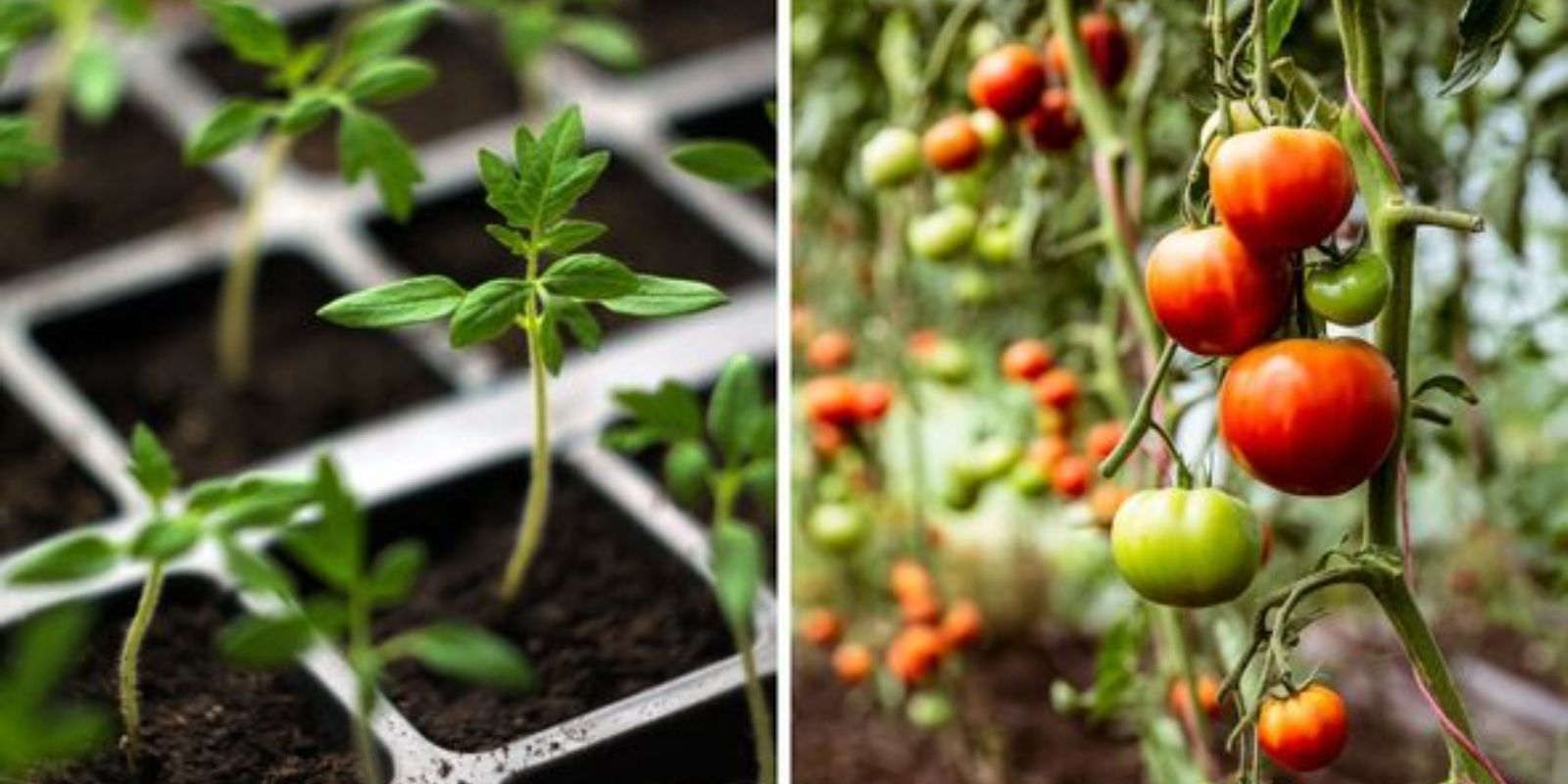Growing tomatoes is one of the most rewarding experiences for home gardeners. The satisfaction of harvesting ripe, juicy tomatoes straight from your garden is unparalleled. However, achieving this requires more than just planting a few seeds. To cultivate the juiciest, most flavorful tomatoes, you need to pay attention to several key factors. This comprehensive guide will walk you through five essential tips to help you grow tomatoes that are bursting with flavor and juiciness.
1. Choose the Right Tomato Varieties
1.1. Understanding Tomato Varieties
Tomatoes come in a wide range of varieties, each with its unique characteristics. To grow the juiciest tomatoes, start by selecting varieties known for their exceptional flavor and juiciness. Some popular choices include:
- Brandywine: An heirloom variety praised for its rich, sweet flavor and large, juicy fruits.
- Cherokee Purple: Known for its complex flavor and deep, rich color, this variety is a favorite among tomato enthusiasts.
- San Marzano: Ideal for making sauces, this variety offers a sweet and tangy flavor with a juicy texture.
1.2. Factors to Consider
- Climate Adaptability: Choose varieties suited to your local climate. Some tomatoes thrive in hot, dry conditions, while others do better in cooler environments.
- Disease Resistance: Opt for varieties resistant to common tomato diseases, such as blight or wilt, to ensure a healthier, more productive crop.
2. Provide Adequate Sunlight
2.1. Importance of Sunlight
Tomatoes are sun-loving plants that require plenty of light to produce juicy, flavorful fruit. Aim for:
- 6-8 Hours of Sunlight: Ensure your tomato plants receive at least 6-8 hours of direct sunlight each day. This helps with photosynthesis, which is crucial for fruit development and flavor enhancement.
2.2. Maximizing Sun Exposure
- Site Selection: Choose a planting location with full sun exposure, preferably where the plants will get morning sunlight, which helps dry the dew and reduces disease risk.
- Avoid Shade: Keep tomatoes away from shaded areas, such as those cast by trees or buildings, as insufficient light can lead to poor fruit development.
3. Use Quality Soil
3.1. Soil Requirements for Tomatoes
Tomatoes thrive in well-draining, nutrient-rich soil. To achieve this:
- Soil Composition: Use a soil mix that includes compost, peat moss, or well-rotted manure. This adds essential nutrients and improves soil structure.
- pH Level: Tomatoes prefer slightly acidic soil with a pH level between 6.0 and 6.8. Test your soil and amend it accordingly to maintain the optimal pH range.
3.2. Preparing the Soil
- Pre-Planting: Before planting, enrich the soil with compost or aged manure. This improves soil fertility and moisture retention.
- Soil Drainage: Ensure the soil has good drainage to prevent waterlogging, which can lead to root rot and other issues.
4. Water Consistently
4.1. Watering Techniques
Consistent watering is crucial for healthy tomato plants and juicy fruit. Follow these guidelines:
- Deep Watering: Water at the base of the plants to encourage deep root growth. Deep watering helps the plants access moisture even during dry periods.
- Avoid Overwatering: Ensure the soil remains consistently moist but not waterlogged. Overwatering can lead to problems such as blossom end rot and reduced flavor.
4.2. Watering Schedule
- Frequency: Water your tomato plants regularly, adjusting based on weather conditions. During hot, dry spells, you may need to water more frequently.
- Morning Watering: Watering in the morning helps reduce evaporation and allows the plants to absorb moisture before the heat of the day.
5. Support and Prune Plants
5.1. Importance of Supporting Plants
Tomato plants benefit from support to keep their fruit off the ground and improve air circulation. Use stakes, cages, or trellises to provide support:
- Stakes: Insert stakes into the soil near the plants and tie the stems to the stakes using soft ties. This keeps the plants upright and prevents them from sprawling.
- Cages: Tomato cages are wire structures that provide support and containment for the plants. They help keep the plants organized and prevent fruit from touching the ground.
5.2. Pruning Techniques
- Remove Suckers: Prune away the side shoots or suckers that develop between the main stem and branches. This directs more energy to the fruit and improves airflow.
- Leaf Removal: Remove lower leaves and any diseased or damaged foliage. This helps reduce the risk of disease and improves air circulation around the plant.
Additional Tips for Success
- Fertilization: Use a balanced fertilizer or one specifically designed for tomatoes to provide essential nutrients. Follow the recommended application rates and avoid over-fertilizing.
- Pest and Disease Management: Monitor your plants for pests and diseases regularly. Implement organic control methods, such as introducing beneficial insects or using insecticidal soap, to keep problems in check.
- Harvesting: Pick tomatoes when they are fully ripe for the best flavor. Allow them to ripen on the vine whenever possible, as this enhances their sweetness and juiciness.
Conclusion
Growing the juiciest tomatoes requires attention to detail and proper care throughout the growing season. By choosing the right varieties, providing adequate sunlight, using quality soil, watering consistently, and supporting and pruning your plants, you can enjoy a bountiful harvest of delicious, juicy tomatoes. Embrace these tips and watch your garden flourish with some of the best tomatoes you’ve ever tasted.
Motivational Sentence: Follow these expert tips to grow the juiciest tomatoes and savor the taste of your homegrown harvest—start your tomato gardening journey today! 🍅🌿 #JuicyTomatoes #TomatoTips #HomeGardening #FreshProduce #GreenThumb #GardeningHacks #TomatoLove

